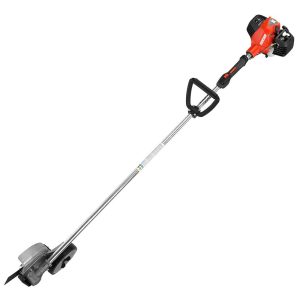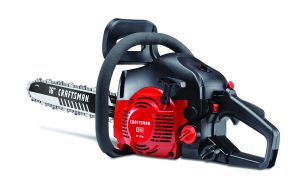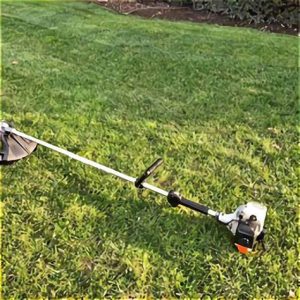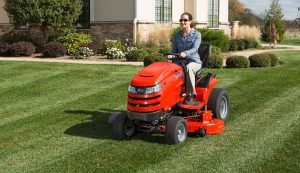How To Fix A Craftsman Chainsaw Chain Doesn’t Move, Rotate, or Spin
You’ve noticed that your chainsaw’s chain is moving sluggishly, if at all. You need to investigate the root of the problem when this occurs.
If the chain brake is engaged, the chain tension is too high, the clutch pads are worn, or the bar and chain are not adequately greased, the Craftsman chainsaw will not move, rotate, or spin.
Turn the chainsaw off, disconnect the spark plug wire, and wait for all moving parts to halt before examining the bar and chain. Protect your hands by working with heavy-duty gloves and remember to take all necessary safety measures as outlined in the instructions.
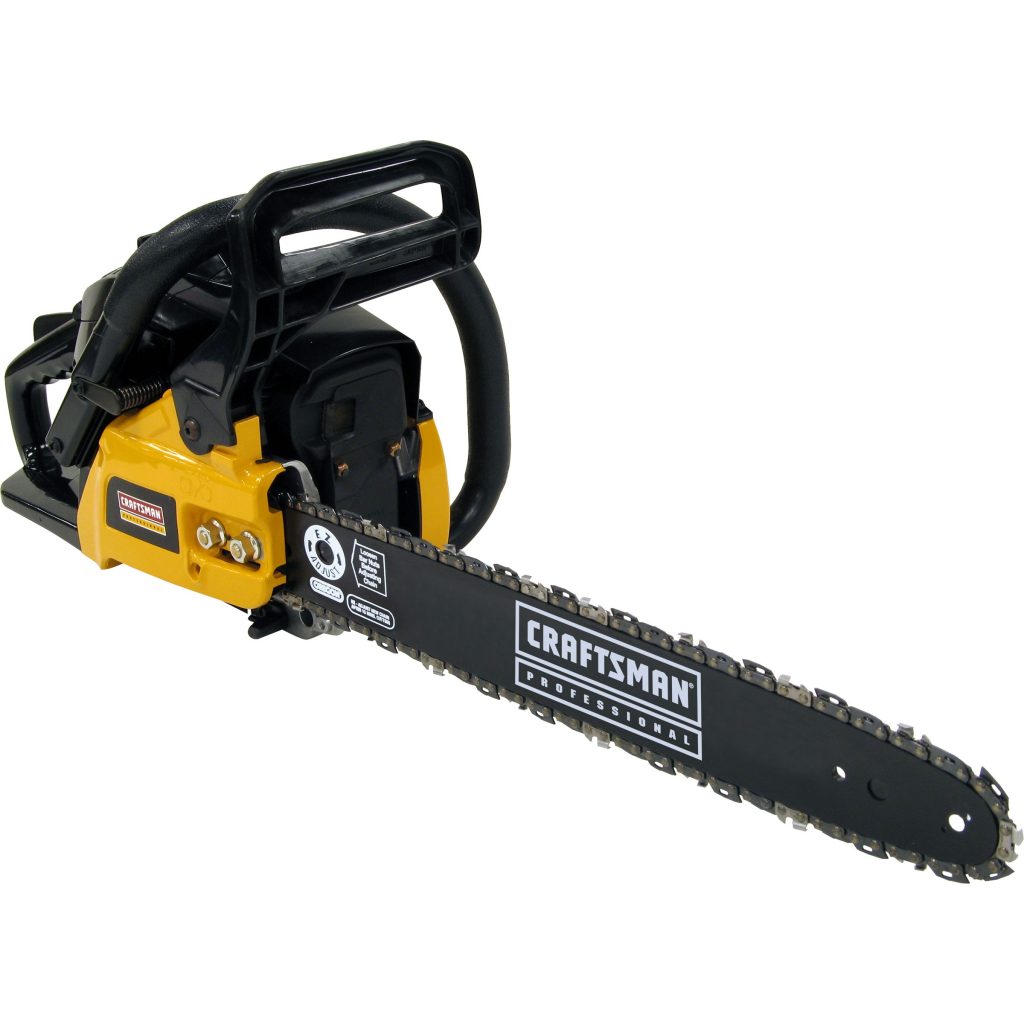 Before diagnosing, repairing, or operating, be sure you’ve read and understood all of the safety recommendations in the equipment’s operator’s manual. If you are unsure about how to proceed or if you lack the necessary expertise or experience, you should seek the assistance of a professional.
Before diagnosing, repairing, or operating, be sure you’ve read and understood all of the safety recommendations in the equipment’s operator’s manual. If you are unsure about how to proceed or if you lack the necessary expertise or experience, you should seek the assistance of a professional.
Table of Contents
Causes of a Craftsman Chain’s Inability to Rotate, Turn, or Turn
Craftsman Chainsaw with Chain Brake Engaged
Remember to test the chain brake. The chain cannot be moved due to this plastic hand guard situated in front of the handle.
It prevents the user from being hurt if the saw kicks back on them. It’s also handy for keeping the saw secure when in transit.
Make sure the chain is not stuck because the brake is on. Perhaps you pushed the guard too hard, causing it to pause in its forward motion.
To release the brake, move the guard to the back of the saw and pull it toward you.
Broken Craftsman Chainsaw Due to Dry Bar and Chain
The saw comes with an oil tank for the bar and chain. This will keep the bar and chain lubricated, allowing the chain to rotate freely around the bar.
Lack of lubrication will cause friction and heat to increase. The pace of the chain will slow down, and it may stop moving altogether.
Run your chainsaw at about half to three-quarters throttle while holding it about a foot above the ground to make sure there is enough oil on the bar. After about 30 seconds, you should notice a line of oil dripping off the bar and onto the ground. That means the lubrication is working as it should.
Ensure that the bar is in good shape and the oil channel is clear if you are experiencing poor lubrication. Fix the broken or worn out guide bar.
Oils like this one from Oregon or this one from Husqvarna are great options for lubricating the bar and chain. Always remember to add more bar and chain oil whenever you refuel your vehicle.
Bar and chain oil should be adjusted in the automatic oiler as follows:
- The oiler flow can be increased by rotating the adjusting screw clockwise.
- The oiler flow can be reduced by rotating the adjusting screw clockwise.
Keep in mind that if your oil level becomes too low, you might not have enough time to replace the fuel tank before your chain oil runs out.
Adjust the oil in your Craftsman’s bars and chains based on the weather:
- Oil that thickens and becomes tacky at cold temperatures needs to be diluted.
- Typical temperature-appropriate weight
Too Much Tension on the Craftsman’s Chain
The chain’s length should be checked and adjusted frequently because it will naturally increase with use. If the chain is too tightly adjusted, it will not be able to move around the bar.
Make sure the Craftsman chain can be readily wrapped around the bar of the chainsaw by adjusting the tension:
- Take the wire off the spark plug.
- Loosen the lock on the chain.
- Remove the cover from the clutch and chain brake by loosening the nuts holding the bar in place. Don’t take the lid off.
- Keep the bar’s snout raised.
- To relax the chain, turn the tensioning screw counterclockwise, and to tighten it, turn it in the opposite direction.
- Hold the bar nose up until the desired tension is reached, and then tighten the bar holding nuts.
The chain needs to be snug around the bar without restricting its motion. You don’t want it dangling loosely from the rail.
Faulty Craftsman Chainsaw Clutch Pads
Over time, the clutch pads may become worn. When this occurs, they will not turn the chain by engaging the clutch drum. A Craftsman chainsaw will need a new clutch component.
Causes of a Craftsman Chain’s Slow Progress
A Craftsman Chainsaw’s Carburetor Requires Fine-Tuning
When the chainsaw is idle, the Craftsman chain should not wiggle. Adjusting the saw’s settings to prevent the chain from moving is necessary if yours does.
The ratio of fuel to air can be fine-tuned using the carburetor’s adjusting screws. The “T Screw” is one of the adjustment screws that controls the idle speed of the chain.
Turning the screw counterclockwise 1/8 turn at a time until the chain stops moving while idling is how to adjust idle speed.
Broken Craftsman Chainsaw Clutch Springs
The clutch weights on a Craftsman chainsaw have springs that allow them to be retracted into the clutch when not in use.
The weights make contact with the drum as a result of centrifugal force generated by the rotating engine. The chain moves along the bar as the drum rotates.
The clutch weights should come back in and the chain should stop moving when the engine speed drops. A worn spring could be the cause of your chain’s continued motion.
